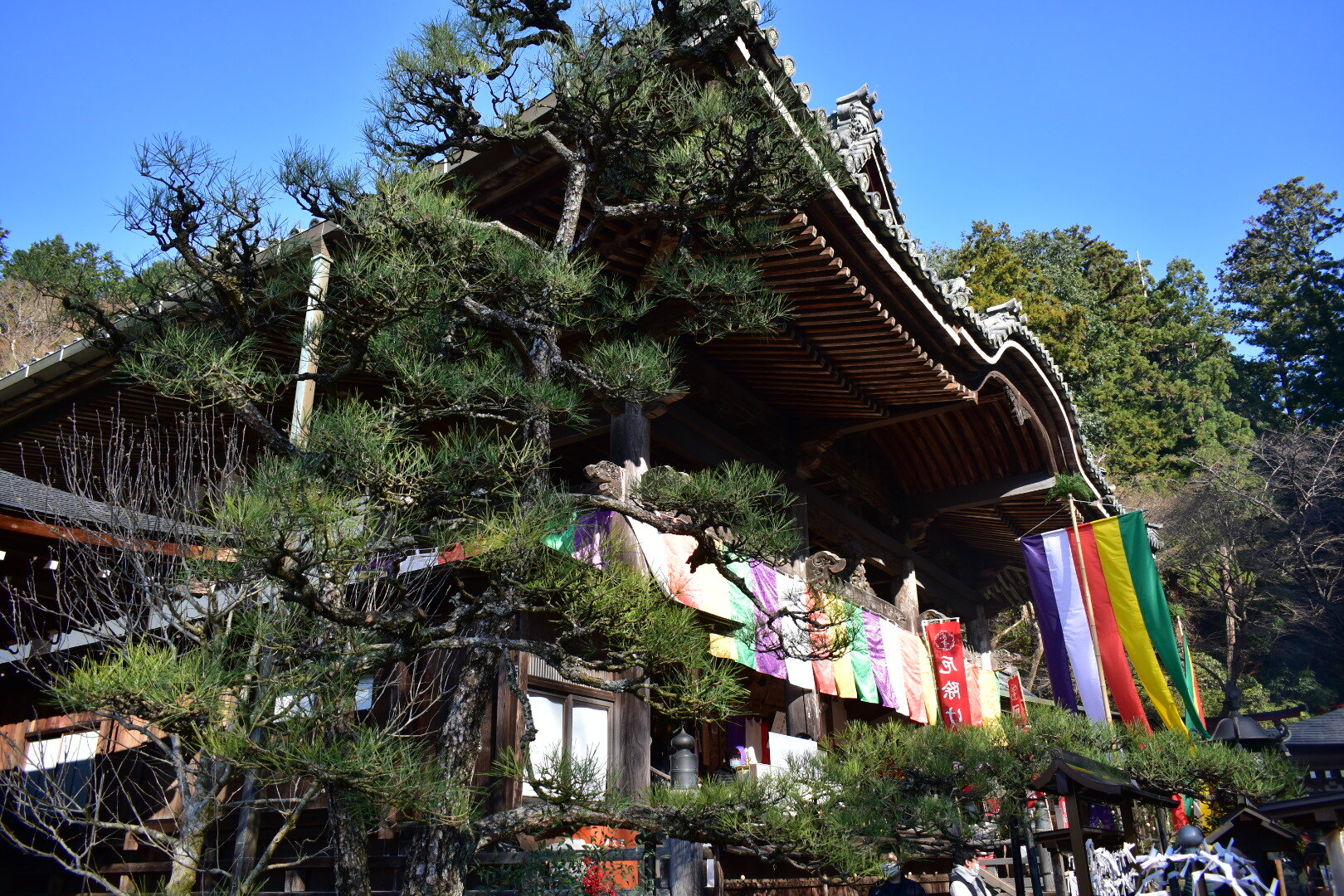Onsenji
Onsenji, literally meaning “hot spring temple,” is a temple to the healing powers of the hot spring waters that are used at the seven renowned bath houses in the coastal town of Kinosaki in Hyogo Prefecture. The temple was founded in 738 C.E. by imperial decree, establishing Onsenji as the first guardian deity of Kinosaki. The Eleven-Headed Kannon Bodhisattva is the primary guardian of the town and the waters are considered to have special healing powers.
For the casual: 4. For the educated: 4.
The story goes that visitors to the baths of Kinosaki were not allowed entry to the baths unless that had received a wooden ladle from the temple. The waters were considered holy, and there was a respect with which bathers needed to behave if they were to truly receive the healing powers of the water. This ladle would not only function to bathe in the “proper” way, but also as a ticket to enter the baths. Today, such strict guidelines are no longer followed, nor is the method of bathing traditionally required within the baths. However, all of this good luck and knowledge is available from the main temple hall halfway up the mountain slope. However, if any visitor would like to learn the traditional method of bathing in these waters, there are pamphlets, guides, and even little comics available for purchase, or even included with your purchases in the town. Ladles are also still available from the temple, though more than likely they will be obtained from the various gift shops and bathhouses, in town.
It’s important to note that there are several buildings that belong to Onsenji, but they are spread out across the mountain. There is a worship hall at the base of the mountain just off the main road through town. The main hall is actually up the mountain a little ways. There is a path for people to hike if they are so inclined which begins at the hall mentioned above, but for those who would rather not hike, there is a ropeway only about 50 meters away that makes two stops. The first stop is about half way, and it’s from here that people can get off to go to the main hall of the temple, while the second stop is near the top of the mountain ridge where and outlook of the town is located. The main hall is where the Eleven-Headed Kannon is located, as well as the majority of items offered for the bathhouses.
The restaurant to the right of this stone sells hot spring eggs which are black in color because they’ve collected minerals from the spring water they’re steamed in. In addition, there is a natural fountain of many colors because of the minerals precipitating from the water.
The lower worship hall of Onsenji.










